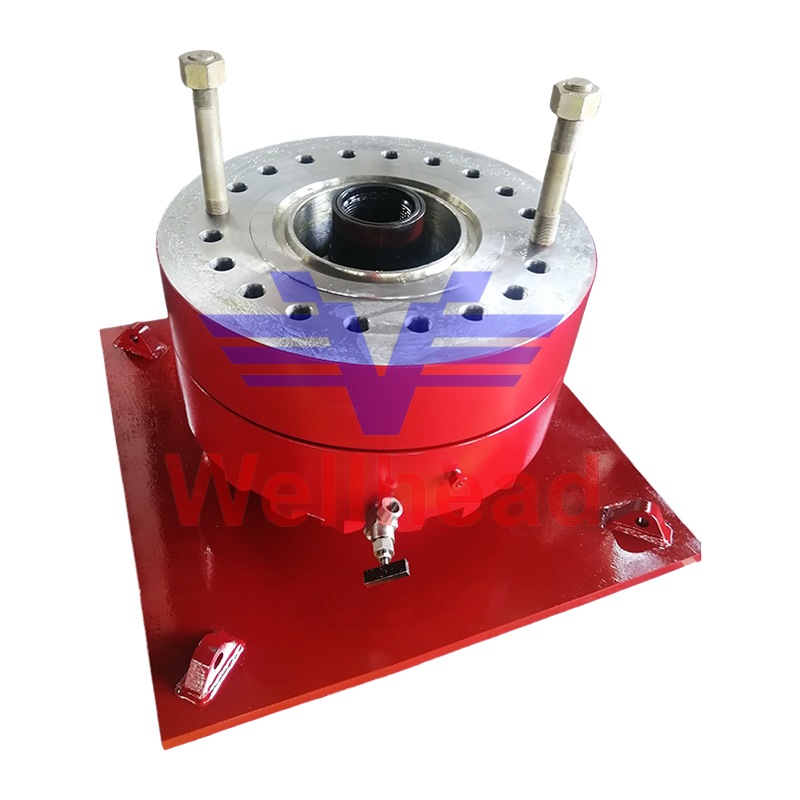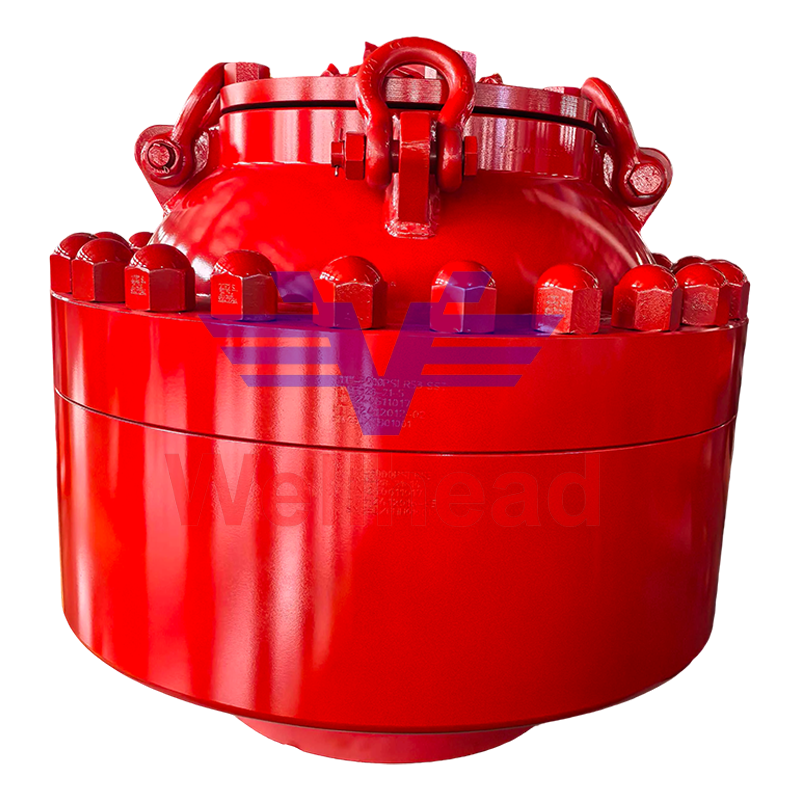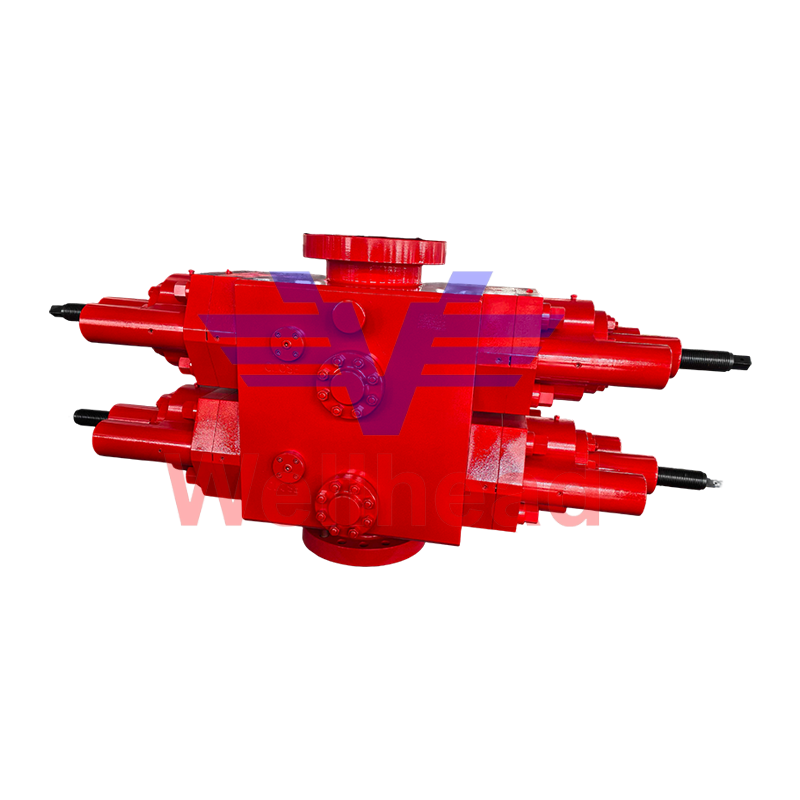API 6A gate valves are critical components in high-pressure, high-temperature oil and gas applications. Proper maintenance ensures operational safety, minimizes downtime, and extends service life. Follow this actionable guide to preserve valve integrity and reliability.
1. Scheduled Inspections
- Frequency: Conduct visual inspections quarterly and detailed assessments annually. Prioritize valves in corrosive or high-cycle environments.
- Key Checks:
- Leakage: Test for seal leaks (body/bonnet, stem packing, seat) using approved methods (e.g., pressure testing per API 6A standards).
- Stem Integrity: Verify smooth stem movement and check for bending or galling.
- Seat & Gate: Inspect for erosion, cracks, or deformation using borescopes if needed.
- Bolting: Ensure body/bonnet bolts are torqued to spec (refer to manufacturer documentation).
2. Cleaning Protocols
- Post-Service Cleaning: Remove debris, sand, or scale after exposure to well fluids. Use soft brushes and solvent cleaning (e.g., low-chlorine kerosene). Avoid abrasive tools on sealing surfaces.
- Internal Passages: Flush with clean fluid to prevent clogging. For stubborn deposits, employ ultrasonic cleaning.
- Exterior Care: Rinse to eliminate corrosive residues (e.g., salt, H₂S). Apply corrosion-resistant coatings if specified.
3. Lubrication Best Practices
- Stem Lubrication: Apply high-temperature, high-pressure grease (e.g., lithium-complex based) every 500 cycles or as operational conditions demand. Lubricate via grease fittings while cycling the valve.
- Seal Preservation: Use seal-compatible lubricants during reassembly to prevent drying or cracking. Avoid petroleum-based greases with elastomeric seals.
- Avoid Over-Lubrication: Excess grease attracts contaminants—wipe away surplus after application.
4. Operational Discipline
- Avoid Partial Opening: Operate gate valves fully open/closed. Partially open positions cause turbulent flow erosion and seat damage.
- Prevent Slam Closure: Control actuation speed to avoid water hammer or gate impact.
- Torque Management: Use calibrated tools for actuation. Excessive torque strains stems; insufficient torque risks leakage.
5. Storage & Handling
- Short-Term: Keep valves dry, with gates 10% open, and fittings capped to prevent contamination.
- Long-Term (>6 Months):
- Coat internals with VCI (Vapor Corrosion Inhibitor).
- Store indoors, shielded from UV/weather. Rotate stock quarterly to prevent seal degradation.
- Cycle valves semi-annually to redistribute lubrication.
6. Documentation & Training
- Maintenance Logs: Record inspection dates, findings, repairs, and lubricant types. Track valve cycles to predict wear.
- Personnel Training: Ensure technicians understand API 6A requirements, torque specifications, and OEM procedures.


 + 86-0515-88429333
+ 86-0515-88429333





